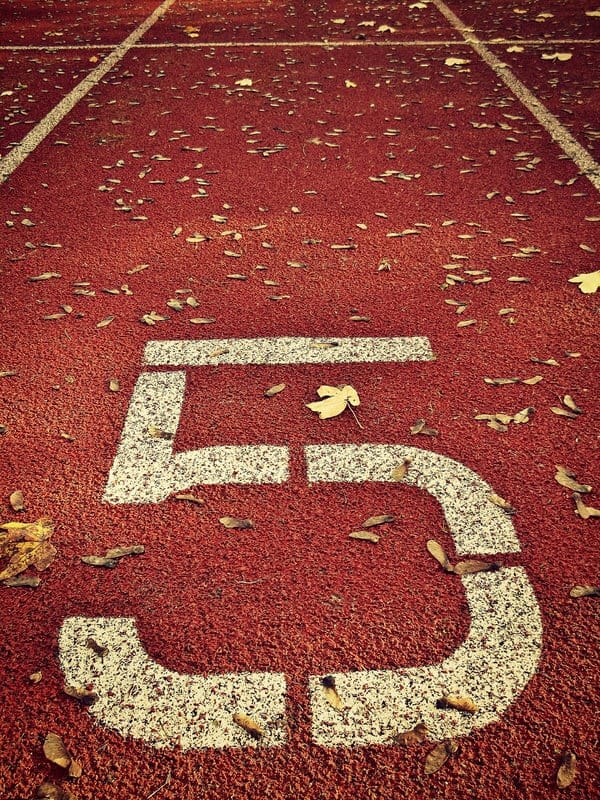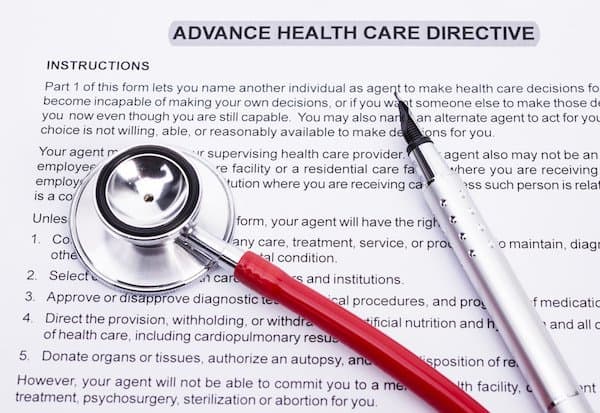I recently tried Valter Longo’s 5-Day Fast Mimicking Diet (FMD). My FMD experience showed me how you can gain the advantages of fasting without giving up food altogether. Read on to see how fasting and in particular the FMD works.
Why fast?
People have fasted for thousands of years, whether for religious or personal reasons. Intermittent fasting has become a popular form of dieting. Intermittent fasting plans like 5:2 or 16:8 involve restricting your food intake either for days out of the week, or hours out of the day.
Intermittent fasting has many health benefits. To name a few:
- burn calories and lose weight
- improve your metabolism
- reduce inflammation
- rid your body of toxins and damaged cells
- rejuvenate at the cellular level
The net result is that fasting can help you live longer, ward off chronic conditions like high blood pressure and diabetes, even avoid cancer.
But fasting is hard
That’s where Longo’s FMD comes in. Professor Valter Longo is a research biologist at the University of Southern California and the Director of the Longevity Institute at USC-Leonard Davis School of Gerontology. He has devoted his career to understanding genetic pathways that regulate aging. His work draws inspiration from his childhood in Italy and the food he ate during summers with his grandparents in Calabria, a region known for centenarians.
Longo’s book, The Longevity Diet, details the why, what, and how to eat for a lifetime. In general, he advises a more restricted form of the Mediterranean Diet: one that is mostly vegan, with occasional servings of fish.
Most interesting is Longo’s development of a diet that provides the benefits of fasting while still letting you eat. Clinical studies have demonstrated that his 5-Day FMD catalyzes belly fat loss, triggers worn-out cell cleanup, and supports metabolism and rejuvenation from within.
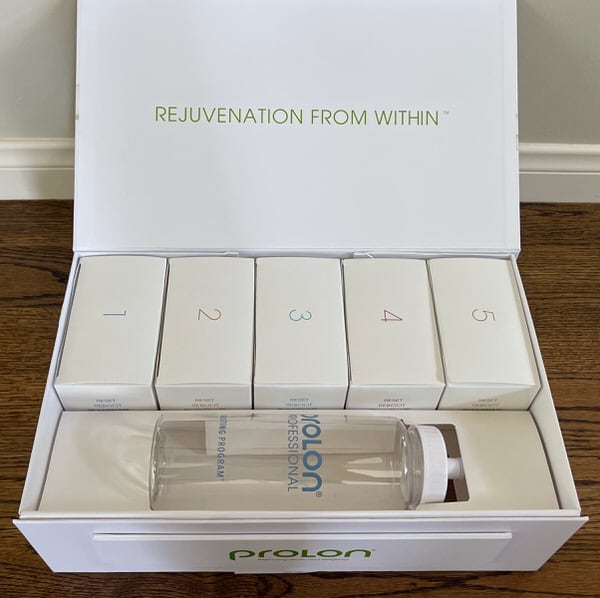
My FMD experience
What’s the FMD?
ProLon®, the flagship brand of L-Nutra, a company Longo helped start, provides food and support for your fasting experience. They send you a box that contains everything you need for a 5-Day FMD. Well, except for water and a stove or microwave. The kit sells for $199, and first-timers can sign up for a 10% discount code.
How’s the food?
I was pleasantly surprised during my FMD experience to find the food to be pretty good. Admittedly, a fasting diet made me glad to eat almost anything. But in general, they do a great job with the meals and snacks.
A typical day consists of:
- Breakfast: Fast Bar®: energy bar that tastes better than most other energy bars I’ve tried. It has a high percentage fat calories to help you feel full all morning long
- Lunch: soup and kale crackers: All soups are provided dry — you reconstitute them with water and then heat on the stovetop or microwave
- Afternoon snack: olives
- Dinner: more soup and, for a treat, a small Choco Crisp bar
Do you feel hungry?
The FMD starts you out with about 1100 calories, so the first day is pretty easy. Over the course of 5 days, you drop down to about 770 calories, so it gradually gets harder. But compared with a 5:2 fast, where you’re consuming only 500 calories per day twice a week, the FMD is definitely manageable.
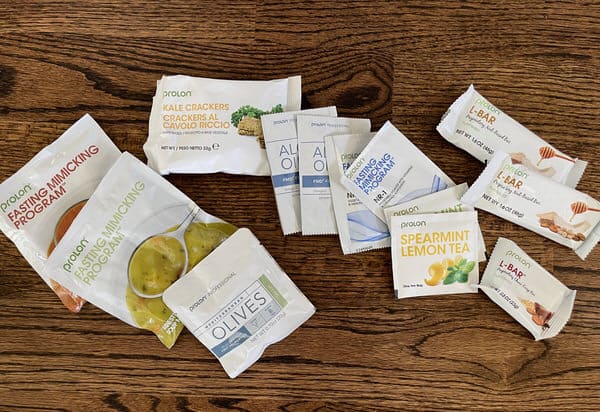
My FMD experience, day by day
Having never fasted for more than a day before, I was apprehensive about my first FMD experience. I signed up for ProLon’s diet tips, which are emails they send you each day of your fast. I welcomed this support and encouragement, even though I knew it was just an automatically-generated email.
Day 1
No problem. I liked the L-Bar, which I ate for breakfast and then again for an afternoon snack. I also thought the soups were good. I liked the fact that the FMD included supplement pills with vitamins and minerals. They eased my concerns about whether I might be skipping important nutrients by fasting.
Day 2
Less food today, but still okay. ProLon’s email tips warned me about a drop in energy, but I still felt fine. I was able to do my regular spin bike workout. The most challenging part for me (all week, actually) was giving up my bedtime snack. But I was determined to follow the diet program to the letter.
Day 3
Another calorie reduction. My hardest day. Late in the afternoon, I realized I’d been forgetting to drink my L-drink. This is a mixture you make in the morning and then flavor with one or more of the included herbal tea bags. It contains glycerol to protect amino acids and promote hydration. Basically, the L-drink helps you make it through the day when you’d otherwise be reaching for a 4 pm snack.
Day 4
I got to eat a little more today. The afternoon snack was back on the menu, and I got to enjoy a Choco Crisp bar in the evening, yay! Prolon’s email told me I should be experiencing an energy burst today. I didn’t, however. Maybe this was because my energy never really dropped?
Day 5
Back to the minimal food intake of Day 3, but this time I made sure to drink my energy drink throughout the day. And by now I figured I could complete the 5 days, knowing that tomorrow I’d get to eat real food again.
Day 6
ProLon’s instructions tell you to consider Day 6 a transitional day, to eat lightly as you ease back into your regular diet. I had some bone broth, then steel-cut oatmeal for breakfast. For lunch, I ate Greek yogurt and fruit. We went out for dinner, but I chose a simple salad and vegetarian entree.
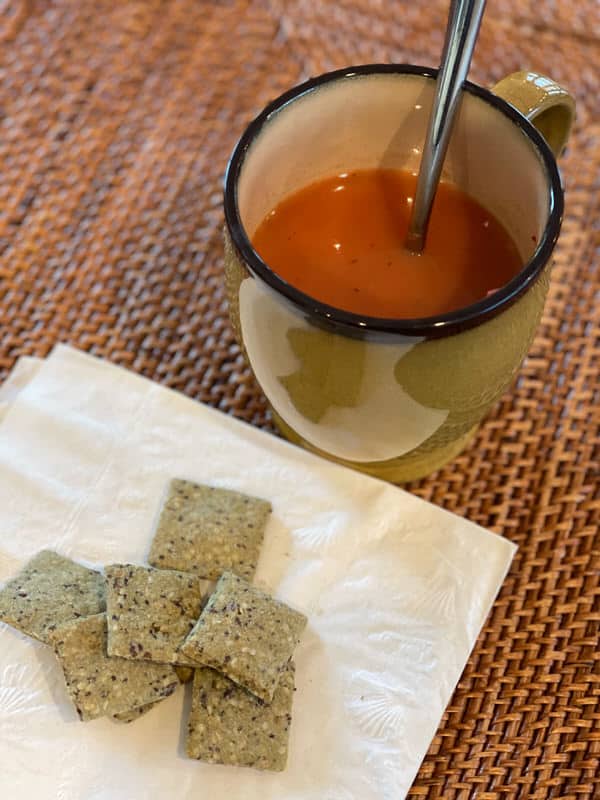
Was the FMD worth it?
For me, yes. I liked having all my food provided, with clear instructions and a day-by-day meal plan. While consuming mostly soup got a little boring, it was only for 5 days. And in general, I didn’t feel hungry.
A great benefit is of the ProLon® FMD is that you still get to drink your morning cup of coffee. Black coffee, that is. I actually prefer my coffee black, so this restriction didn’t bother me. But even if you usually take cream or sugar, you can make yourself drink it black for 5 days to avoid a caffeine withdrawal headache. A big plus, in my opinion.
On Day 6, I weighed 5 pounds less than I had on Day 1. But by Day 10, my net weight loss was only 2 pounds. This was what I’d expected, so I wasn’t disappointed. I don’t know if I’ll keep off the two pounds I lost, but my FMD experience helped me focus on the importance of better eating. And I expect that focus will produce benefits for my overall health as well as my weight.
While I can’t document the promised cellular renewal that comes with fasting, I do feel as though I’ve made a fresh start. And I’m willing to do the FMD again. Which is more than I can say of some of the detox or other diets I’ve tried in the past.

My FMD experience: going forward
ProLon’s® website recommends a 5-Day FMD once a month for 3 months, then as often as you wish to promote rejuvenation. I’m planning to do it at least one more time next month and probably all 3 times. I’m hoping to lose some weight through these fasts, but I’m also interested to improve my health and longevity. And I think eating better is going to help me do that.
In general, my FMD experience has started me on a path to better health. I’m changing my food choices, trying to eat more plant-based meals, and skip that favorite bedtime snack. Completing the 5 Day FMD is an achievement that gives me the confidence to take charge of my eating to benefit my health and wellness.
I’ll continue to update you on my FMD experience. What type of intermittent fasting works for you?
Images: AHR, Pixabay
